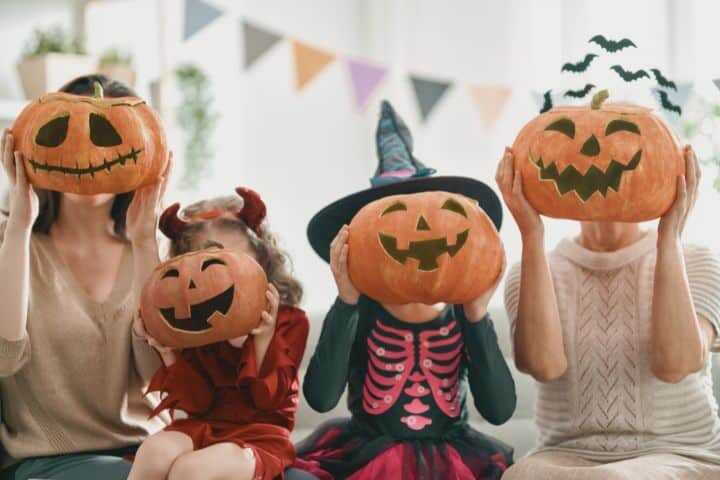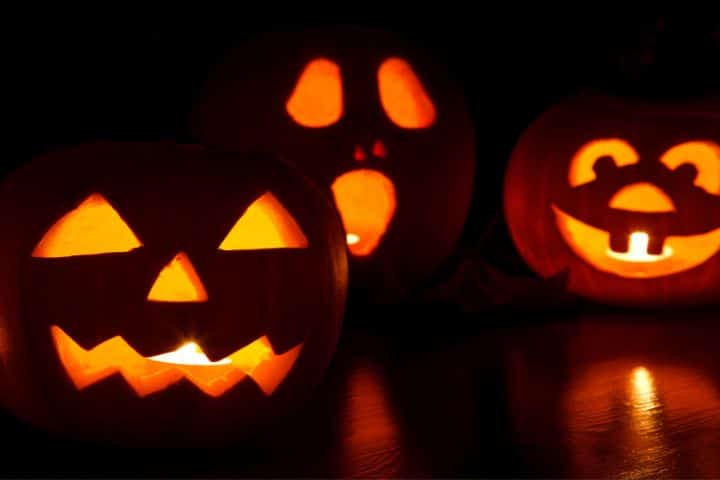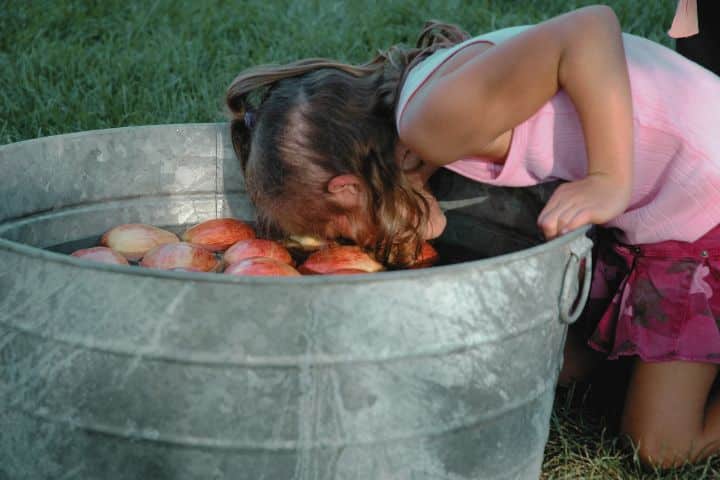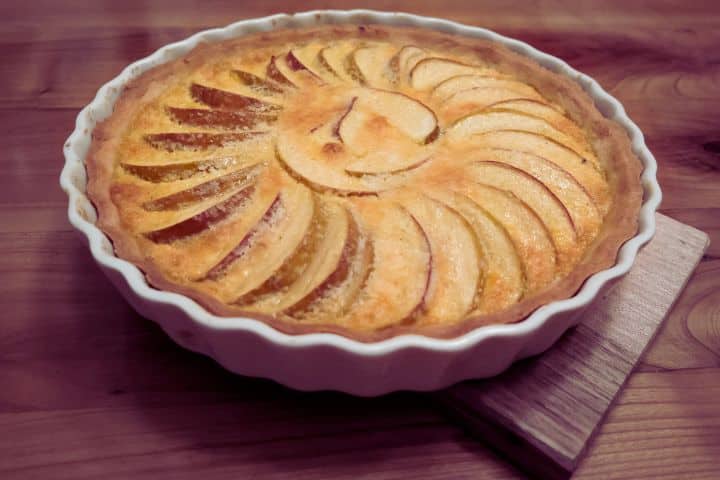Hallowe’en – did you know?
27 October 2023

27 October 2023

Halloween is originally an Irish tradition, called “Samhain” in Gaelic, dating back thousands of years to the Celtic new year festivities on the 1st of November. This day marked the end of summer and the harvest and the beginning of the dark, cold winter ahead.
The Celts believed that on the night before the new year, the boundary between the worlds of the living and the dead became blurred, and that the presence of the otherworldly spirits made it easier for the Druids (Celtic priests) to make predictions about the future.
In the 8th century, the Pope arbitrarily chose the date of the 1st of November to honour all saints. “All Saints Day” would later incorporate some of the Celtic traditions of Samhain. The evening before was known as All Hallows Eve(ning), and later Hallowe’en or Halloween.
Here are some Hallowe’en traditions to make it a fun evening for kids (and the grown-ups!):
Dressing up in Hallowe’en costumes
The Celts believed that ghosts came back to the earthly world on 31st of October. In order to avoid being recognised by ghosts, people wore masks after dark, so the ghosts would mistake them for fellow spirits. Therefore, traditional Hallowe’en costumes are typically rather spooky, such as otherworldly spirits and ghosts, witches & warlocks, black cats, spiders and other creepy-crawlies.
Hallowe’en lanterns

Traditional lanterns are made using large turnips. The top is cut off, the insides scooped out and a scary face is cut out on the front of the lantern. A candle is placed inside and the lantern is either suspended on a strong string to carry around, or is set outside on windowsills and doorways to frighten off wandering evil spirits. As more and more Irish immigrants took Hallowe’en traditions across the pond to the Americas, most people now associate the pumpkin with Hallowe’en lanterns.
Ducking apples

This old children’s game played at Hallowe’en in Ireland was also influenced by the Romans, as it was they who introduced apples to the Celtic people. Aside from apple trees they also introduced a goddess of beauty and fertility, Pomona. The Celtic people had been celebrating Samhain long before the Romans came and the Romans saw a way to blend the two cultures through apples. During Samhain, ducking for apples was originally used as a tool to predict the future for young unmarried people. It was said the first person to bite into an apple would be the next one to marry.
Hiding money in apple tarts

Sticking with apples, another favourite Hallowe’en tradition is to bake apple tarts containing money. Coins would first be washed thoroughly and then wrapped well in tin foil. The wrapped coins are then added to the apple mixture under the top pastry layer of the apple tart. Later, when the tart was then cut into slices, children would hope to find money inside their slice. Tarts can either be prepared with many coins so that everyone is likely to get a coin in their slice, or the coins could have different values, so that children wouldn’t know how much the secret prize in their slice is until it was unwrapped.













